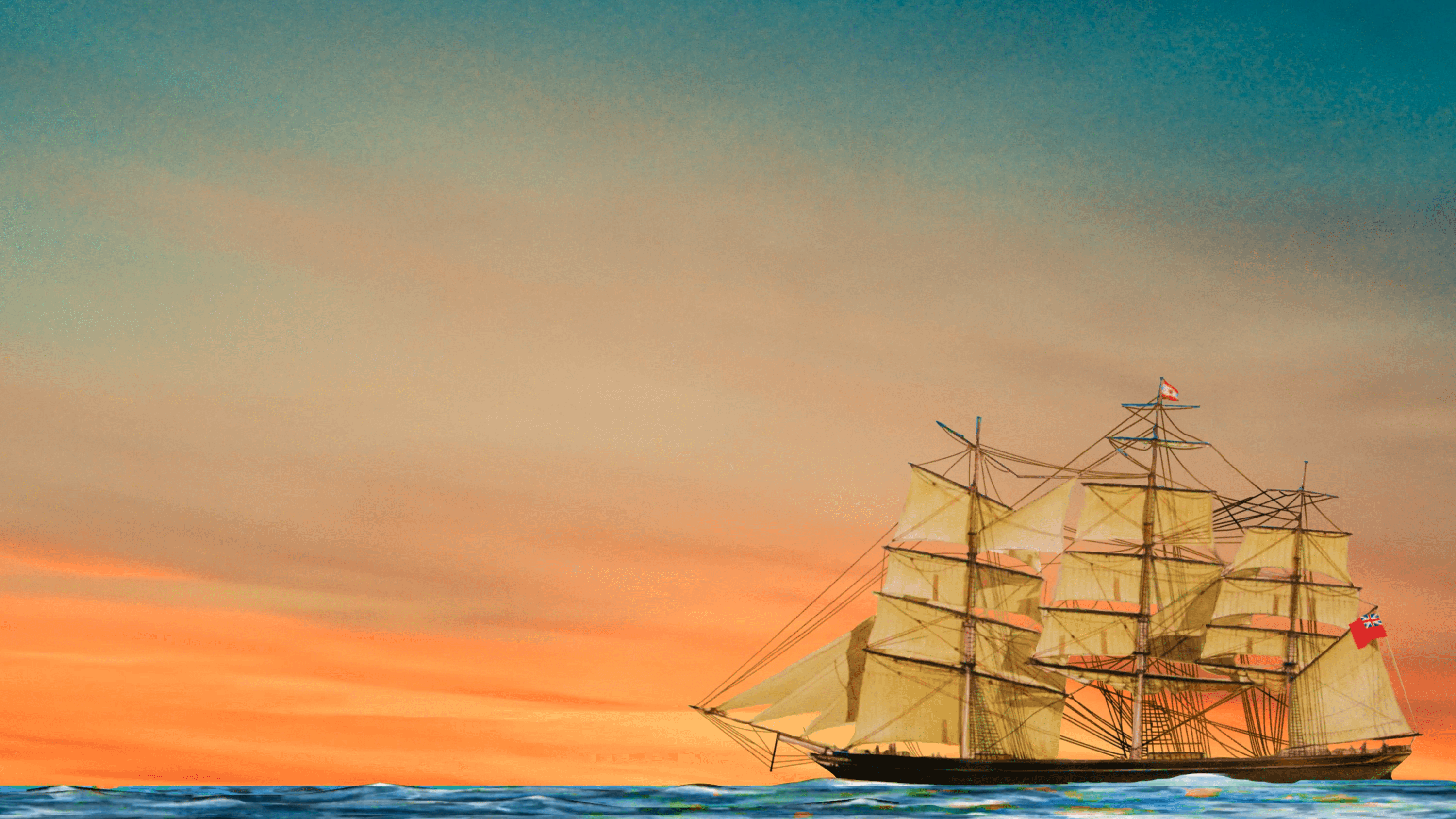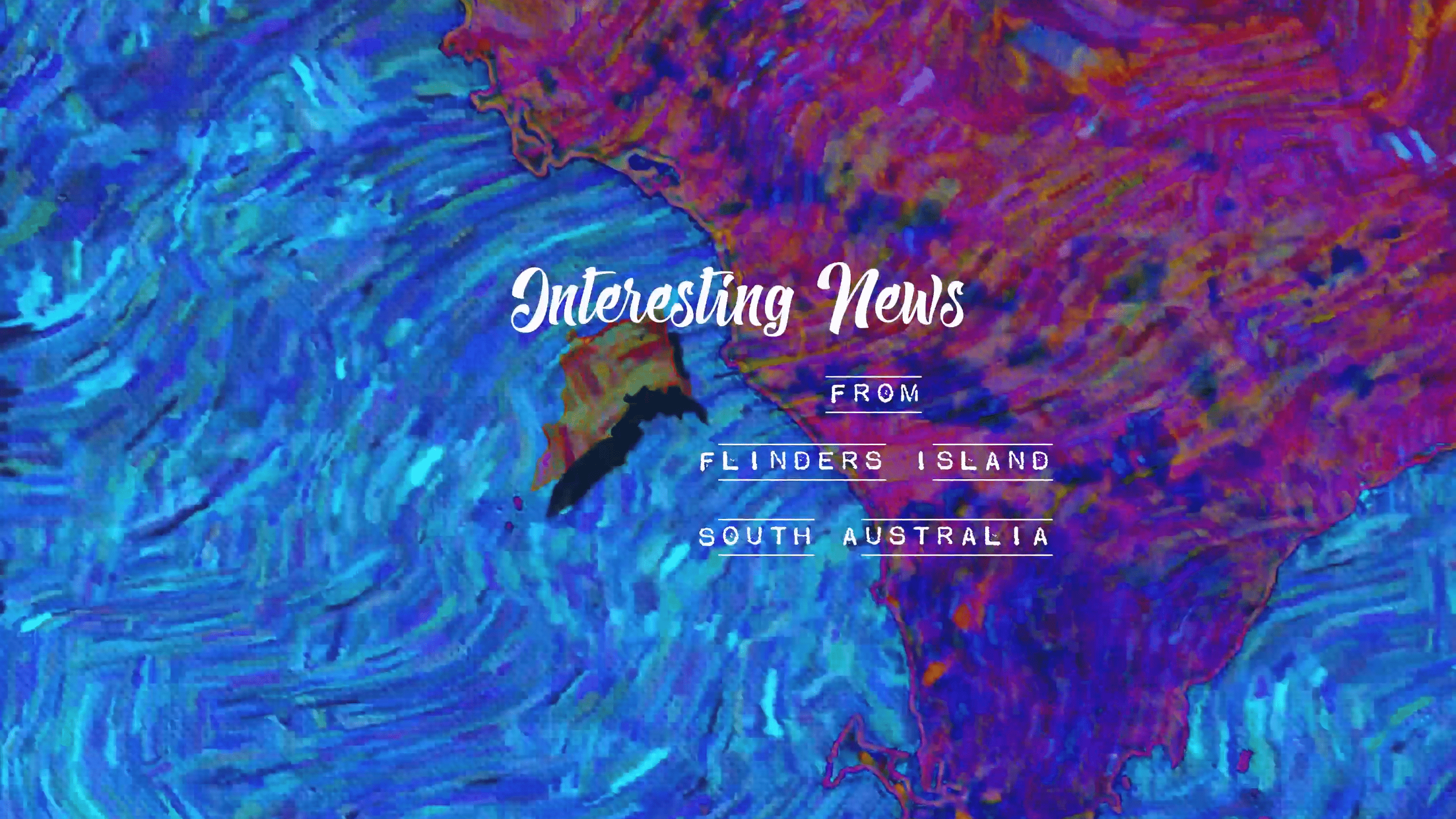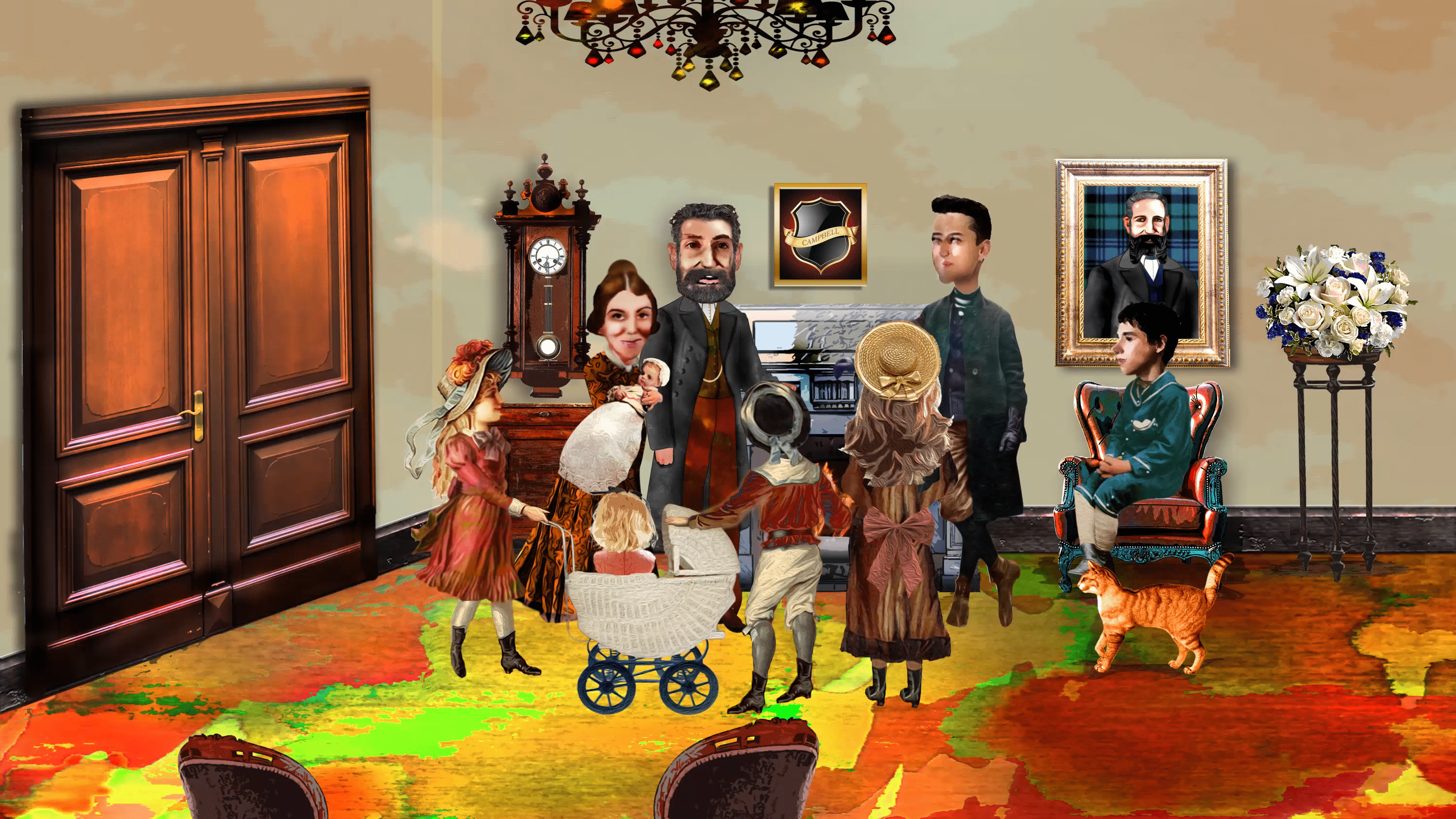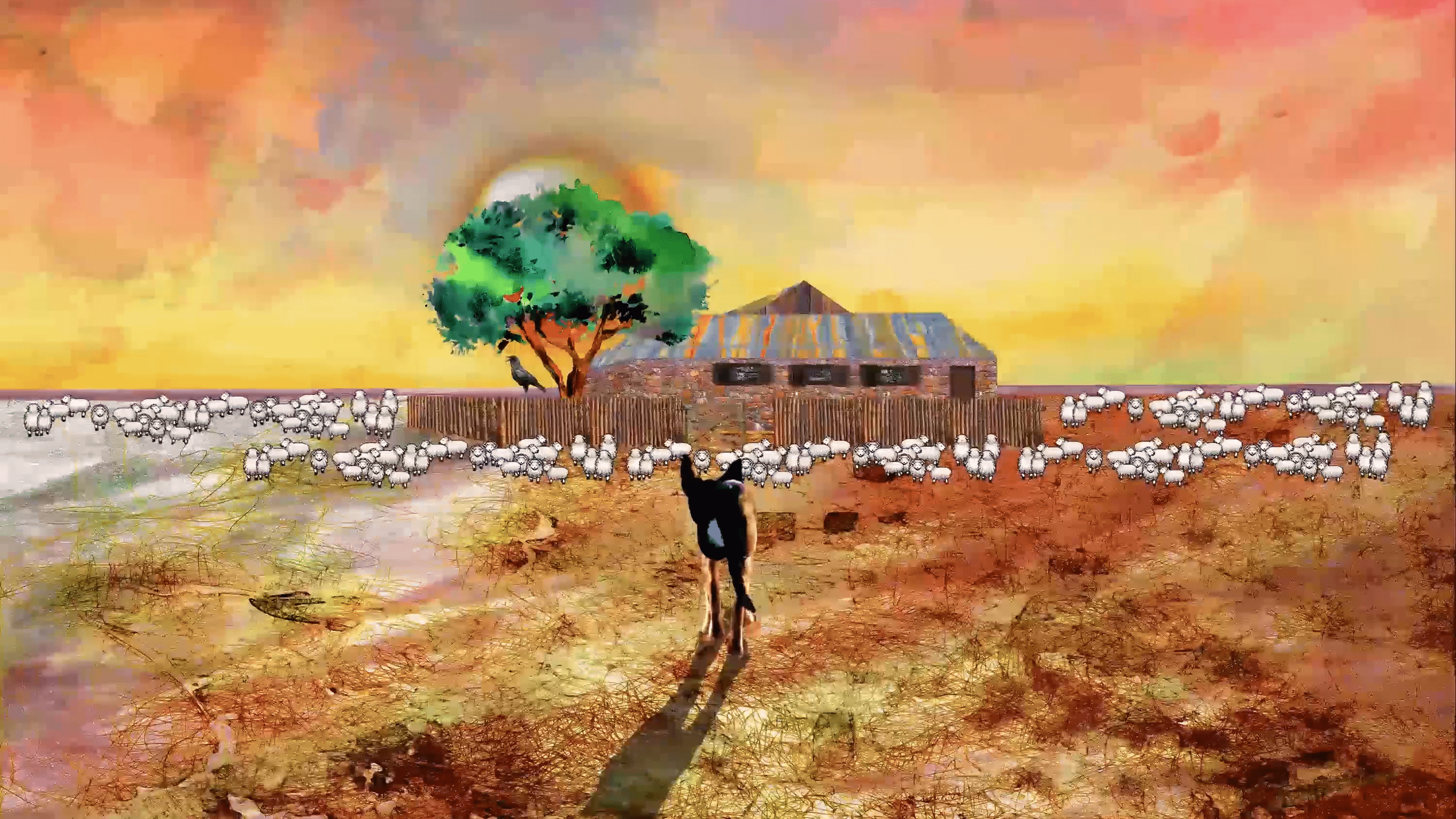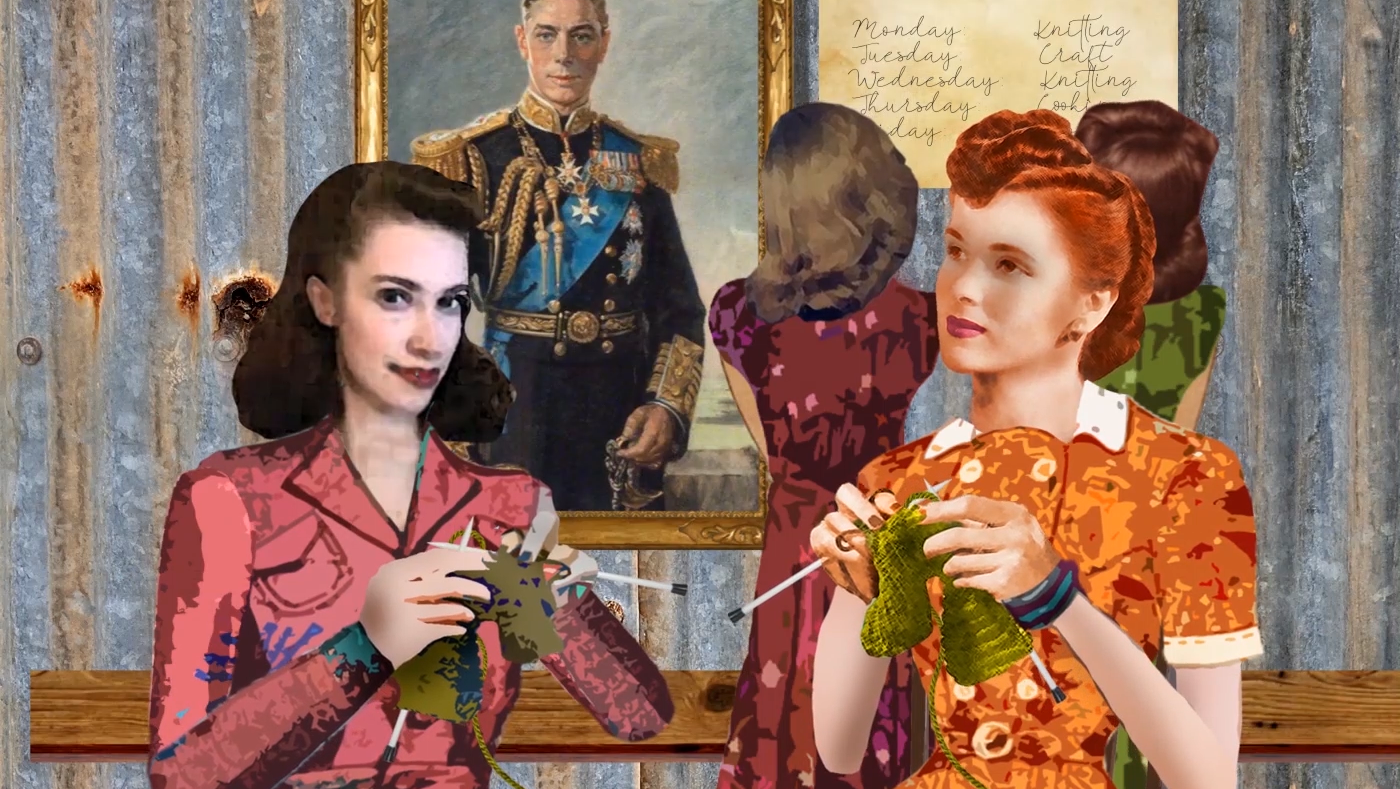These are some of the scenes without narrative that tell the story of a English gentleman who was lured to South Australia by the promise of rich and bountiful lands and abundant water. Unfortunately the dream wasn't a reality and white settlers in the area of Port Pirie through to the Flinders Ranges relied on the ketches and other small boats that carried supplies along the vast South Australian coastline.
This animation was part of the Port to Port project developed and displayed by illuminart between 2016 and 2019 in regional South Australia. The animations were projected onto large outdoor architectural surfaces such as grain silos and buildings across multiple towns and venues throughout the state. Called Travelling Light, the culminating show won Australia's Best Regional Event at the 2020 Australian Event Awards on 21 October 2020.
The primary animation action occurs in the centre of the video. Since not all buildings were the same shape and size the square template enabled the main action to be viewed across all buildings.
English newspapers promised a land of plenty.
Heat, blowflies, lack of fresh water and isolation were just a few of the challenges the new white settlers faced.
The arrival of a ketch with essential supplies was often unpredictable. Some of the vessels had mishaps at sea and there was no means of communication to alert those waiting for food and other necessities.
The Mosquito Fleet of small boats that plied South Australian waters were much welcomed by the early settlers.
They relied on the boats to provide everything from food to building materials and news from the outside world.
Camel transport became important in the push to move inland.
Before trains began moving across the vast southern land.
Early buildings in Port Gremien were built from the ballast used in sailing ships.
The region saw the arrival of horse and cart and later motor vehicles plied the same paths and tracks that grew into the roads of today.
